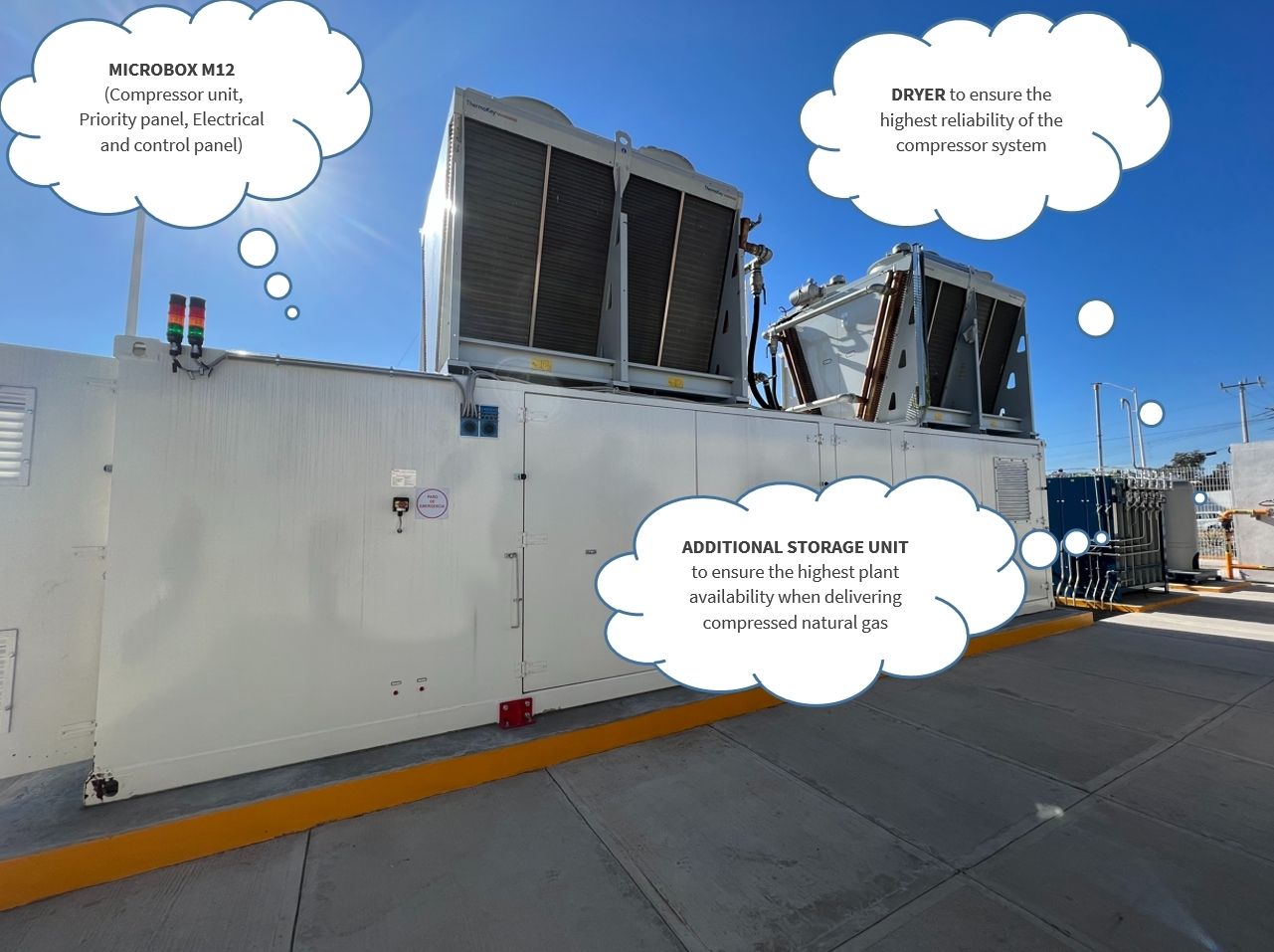A dream coming true: natural gas production is growing
Its use on the Americas, in energy, industry and transport, is encouraging the energy transition: several Countries are investing more and more resources to encourage the change that is coming.
On the basis of recent studies, it is clear that the Americas, especially in the North-Central area – where total production is expected to grow by 560 billion cubic metres compared to the annual average – and Latin America, have invested in extending and adapting the infrastructure for the distribution of natural gas, becoming, along with Canada and Mexico, one of the main players of this trend.

In Latin America, production is expected to increase by 6% by 2050 compared to 2019 levels, with Venezuela, Brazil and Argentina contributing with 90%.
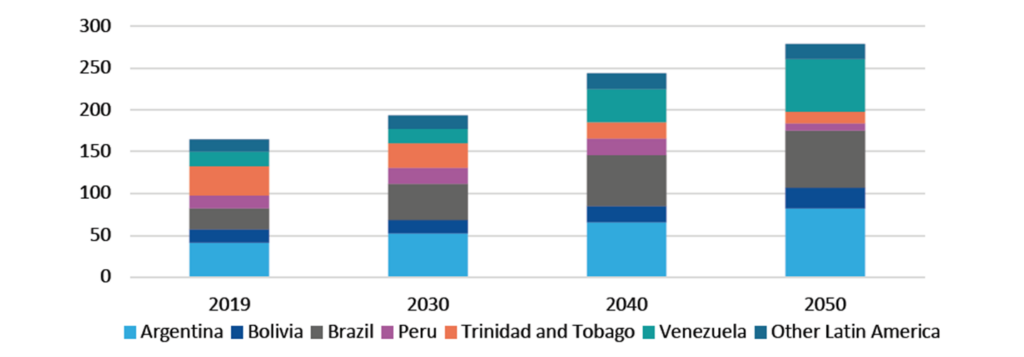
MEXICO AND THE ENERGY TRANSITION
Natural gas generates more than half of the country’s electricity and is increasingly becoming one of the main energy resources in the industrial and transport sectors: it is clear that demand for gas is growing, but it does not seem to be encouraged by distribution and storage infrastructures.
| NO. | NAME | FLOW RATE (MMPCD) | FLOW RATE (m3/ora) | LENGHT (KM) |
| 1 | El Encino – Topolobampo | 670 | 788.700 | 551 |
| 2 | Samalayuca – Sásabe | 472 | 555.625 | 614 |
| 3 | San Isidro – Samalayuca | 1.135 | 1.336.090 | 23 |
| 4 | Waha – Presidio | 1.356 | 1.596.240 | 238 |
| 5 | Waha – San Elizario | 1.135 | 1.336.090 | 314 |
| 6 | Ojinaga – El Encino | 1.356 | 1.596.240 | 221 |
| 7 | Webb – Escobedo | 504 | 593.294 | 321 |
| 8 | Nueces – Brownsville | 2.600 | 3.060.000 | 267 |
| 9 | Sur de Texas – Tuxpan | 2.600 | 3.060.000 | 770 |
| 10 | Ramal Villa de Reyes | 276 | 324.900 | 10 |
| 11 | Tuxpan – Tula | 886 | 1.043.000 | 276 |
| 12 | Ramal Tula | 505 | 594.470 | 15 |
| 13 | Tula – Villa de Reyes | 886 | 1.043.000 | 438 |
| 14 | Villa de Reyes – Aguascalientes | 886 | 1.043.000 | 374 |
| 15 | La Laguna – Aguascalientes | 1.189 | 1.400.000 | 452 |
| 16 | El Oro – Mazatlán | 202 | 238.000 | 430 |
| 17 | Guaymas – El Oro | 510 | 600.357 | 331 |
| 18 | Ramal Empalme | 226 | 266.040 | 20 |
| 19 | Sásabe – Guaymas | 770 | 906.420 | 515 |
| 20 | Ramal Hermosillo | 100 | 117.717 | 48 |
| 21 | Gasoductos de Aguaprieta | 68 | 80.048 | 13 |
| 22 | Gasoductos de Chihuahua | 97 | 114.185 | 38 |
| 23 | Corredor Chihuahua | 850 | 1.000.595 | 383 |
| 24 | EOM | 500 | 588.585 | 310 |
| 25 | Gasoducto de Zaplotanejo | 535 | 415.541 | 10 |
| 26 | Gosoducto Mayakan | 240 | 282.520 | 694 |
| 27 | Gasoducto Cuxtal Fase I | 240 | 282.520 | 16 |
| 28 | Gasoducto de Morelos | 340 | 400.238 | 172 |
| 29 | Gasoducto naranjos – Tamazunchale | 790 | 929.965 | 130 |
| 30 | Gasoducto Tamazunchale – El Sauz | 630 | 741.617 | 229 |
| 31 | El Encino – La Laguna | 1.500 | 1.765.755 | 423 |
Between 2020 and 2021, five projects that have been commissioned have facilitated an increase in natural gas production and an extension of the network by 1,014 km.
We are talking about:
- Villa de Reyes
- Samalayuca
- Gasoducto Zaplotanejo
- Gasoducto Cuxtal phase i
- Reversibility of the gas pipeline Energía Occidente de México
Some territories in Mexico, however, are still excluded from the distribution of natural gas: the President of the Mexican Natural Gas Association, José Garcia Sanleandro, confirmed the willingness and commitment to design and implement strategies for the production and distribution of natural gas, in order to meet the increasing demand in the energy, industrial and transport sectors.
The Regional Administration and the Federal Government expect to cover this need through:
- The installation of a gas pipeline in the inter-oceanic corridor of the Isthmus of Tehauntepec
- The modernisation of existing networks
- The construction of a marine pipeline linking Texas to the port of Tuxpan, Veracruz
SAFE’S CONTRIBUTION: SOLUTIONS FOR NATURAL GAS COMPRESSION AND DECOMPRESSION
What is our contribution today?
SAFE is able to meet Customer needs with highly innovative and technological products.
What are they? Let’s see them together.
VIRTUAL PIPELINE
This type of solution addresses the demand for compressed natural gas (CNG) in regions where there is no pipeline network infrastructure: gas from an existing pipeline is compressed in cylinder trailers and then brought from the MOTHER station to its destination at the DAUGHTER station. Here the compressed natural gas is made available, and, as the supply pressure varies from the maximum cylinder load of 250 bar to the lowest possible 10-20 bar, it is necessary to have a compression system capable of working in this range.
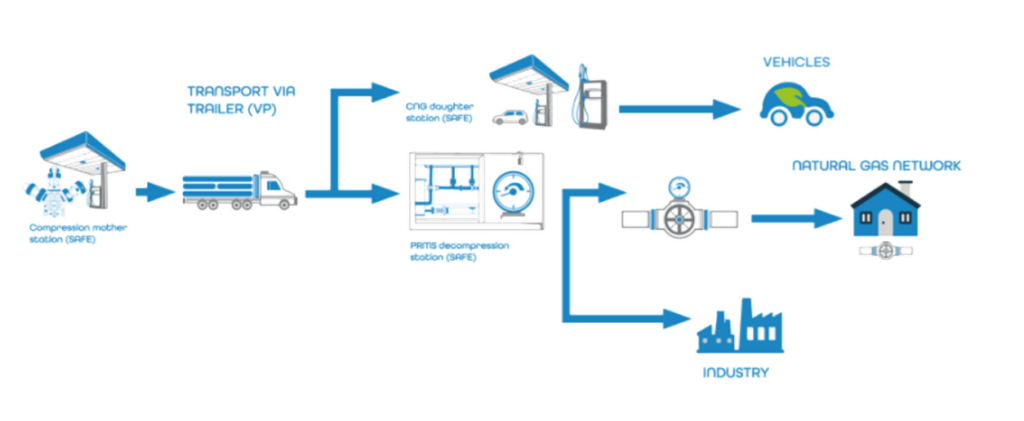
MOBILE REFUELLING UNIT
In 1992, in Egypt, our Company designed the first Mobile Refuelling Unit.
Since then, SAFE has designed and manufactured two configurations, with hydraulic or mechanical compressor, covering a wide range of vehicles, to minimise refuelling time and ensure maximum efficiency at low running costs.
The priority panel manages the flow of natural gas from the storage cylinders to the refuelling points, ensuring fast refuelling time. Assembly and installation time is reduced by a factor of 3 compared to a standard station: we are dealing with a fully functional solution for areas where the demand for compressed natural gas is growing rapidly and rapid installation is required.
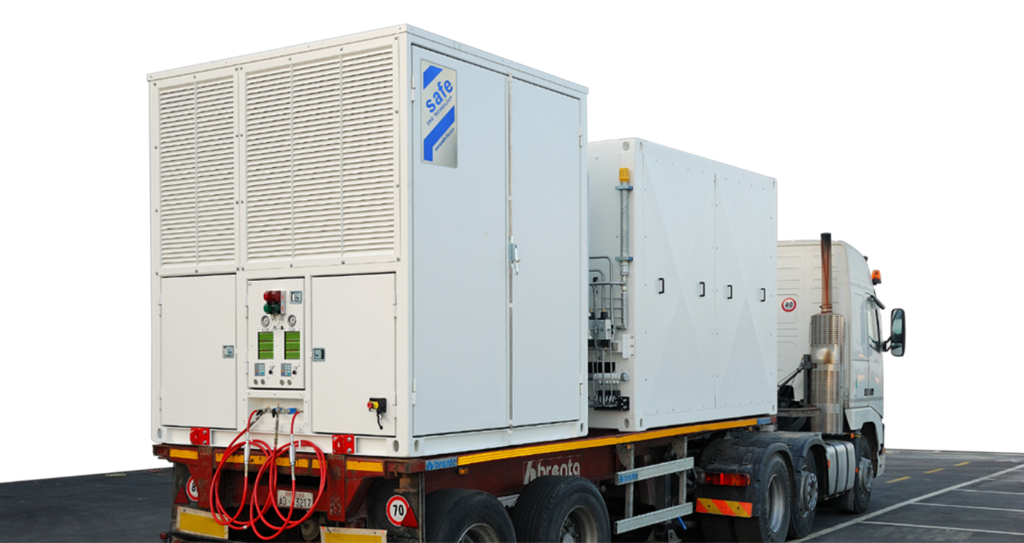
The mobile refuelling unit in its two configurations consists of the following components:
- Mechanical or hydraulic compressor operating in a wide range of suction pressures (from 5 to 300 barG) with a maximum capacity of 5,000 Sm3/h. The compressor unit is equipped with a cooling system installed inside the compressor skid and connected to an additional water-air cooling system located on the roof of the enclosure.
- The control and safety instrumentation, installed on the outside wall of the enclosure, designed for a safe area and equipped with a PLC with visual display, performs the operational control functions of the compressor unit.
- Enclosure: designed to ensure the highest levels of safety and rapid installation: waterproof and soundproof, it is complete with access doors. To allow rapid evacuation in the event of an accident, the doors are fitted with panic handles inside. In addition, a gas detection system ensures safety during operation. To ensure quick and easy installation, the cab is complete with anchorage points that minimise lifting and positioning on the trailer.
- Priority panel: installed inside the enclosure, it ensures fast and efficient refuelling of any type of vehicle, managing the flow of natural gas from cylinder storage to the filling points via three pressure lines (low, medium and high).
- Refuelling panel with 2 filling points with a mass meter that allows the gas sold to the end customer to be measured in Kg.
CNG Refuelling Station – THE TLAXCALA CASE (2021)
LThe new refuelling station in Tlaxcala is an example of how we can contribute to the expansion of natural gas distribution infrastructure in the transport sector. Indeed, the use of CNG in this area has several advantages:
Noise reduction to half during combustion, which reduces pollution in cities.
Sustainability: it makes it possible to eliminate fine dust (-97%), reduce NOx (-75%) and CO2 (-33%) compared to the use of diesel.
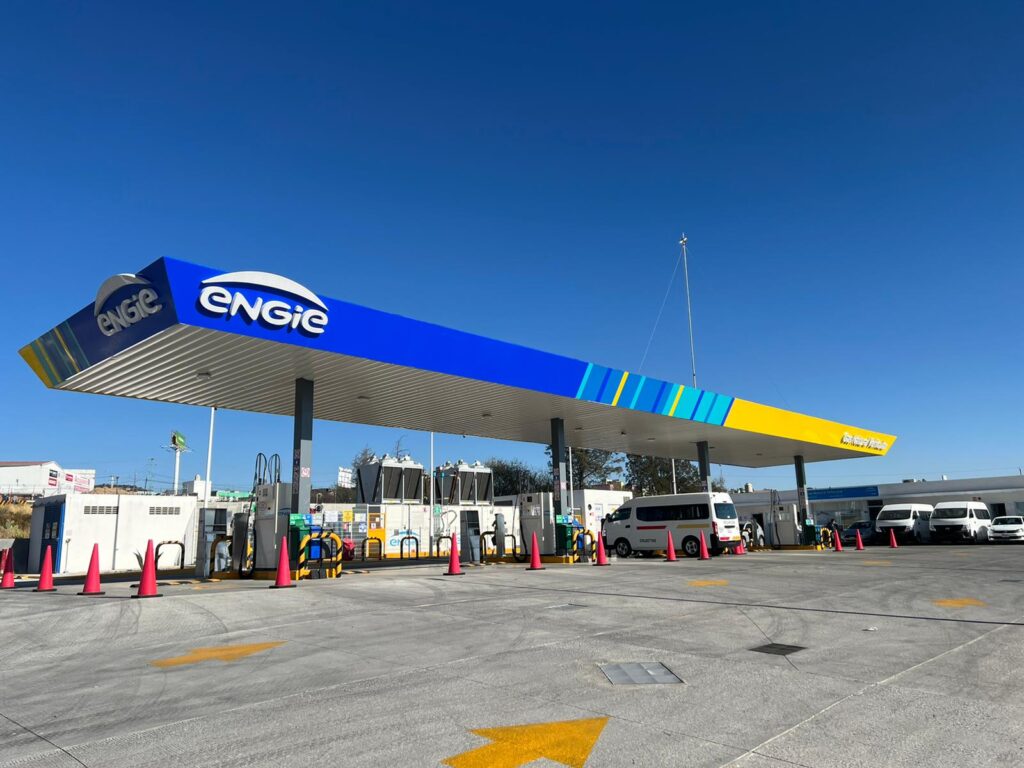
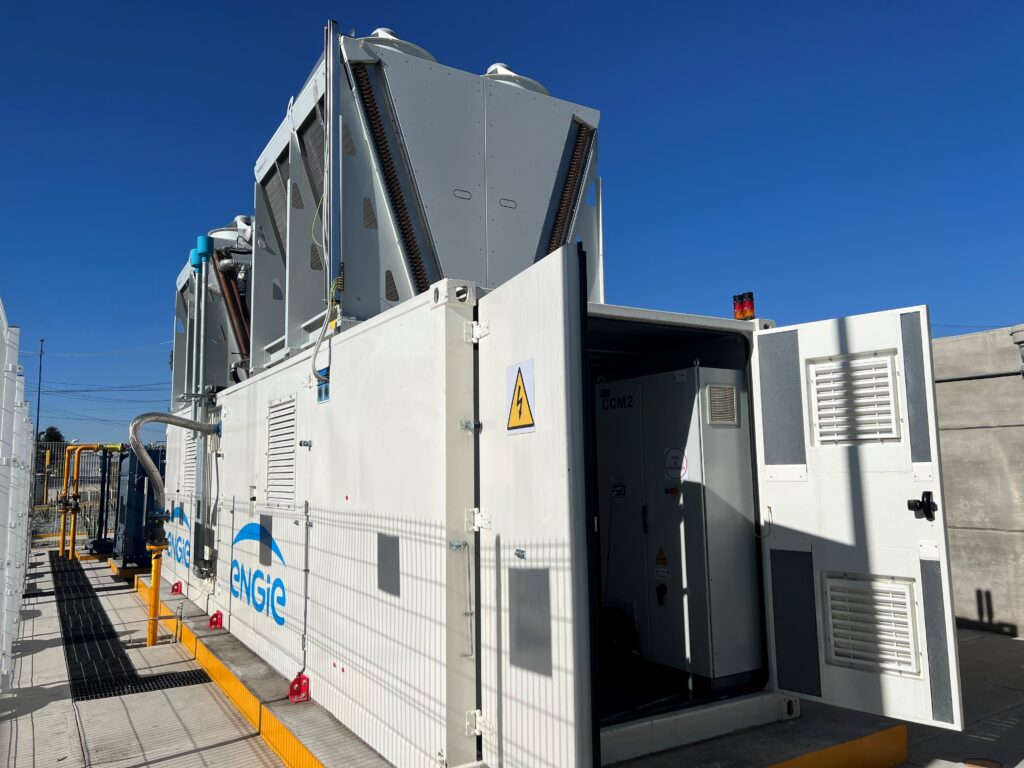
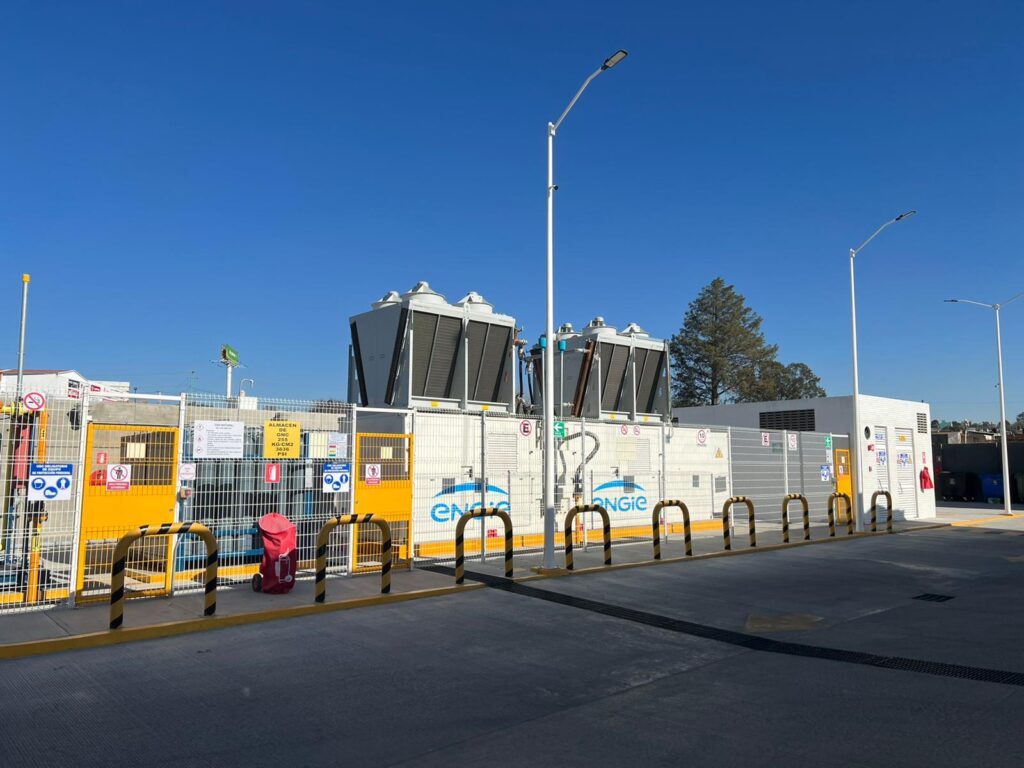
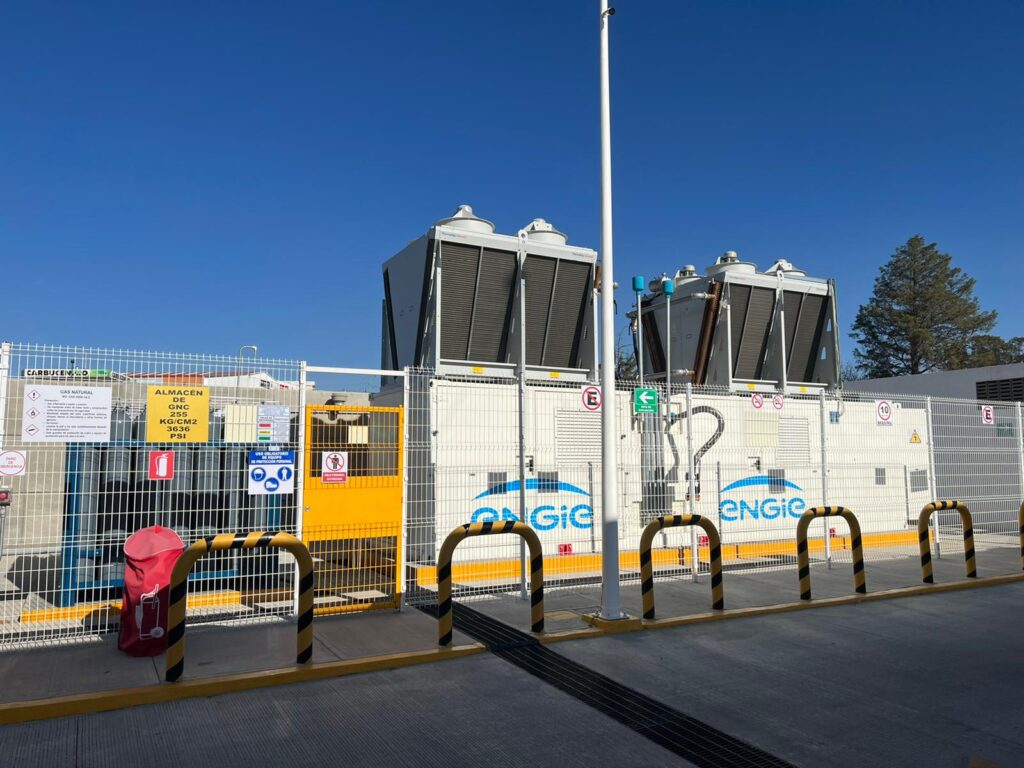
(We are grateful to Engie for pictures)
A complete system consists of:
- Two SW series compressors with direct coupling to electric motors
- A storage unit capable of delivering natural gas, allowing full availability at all times
- Compressor unit, auxiliaries and accessories, including priority and control panel, installed inside the weather and soundproof Microbox M12 enclosure
- A manual dryer that removes moisture particles from the gas, thus ensuring smooth operation of the system
- Four high-performance, electronic-headed ESPH22/3 dispensers with a maximum output of 100kg/minute
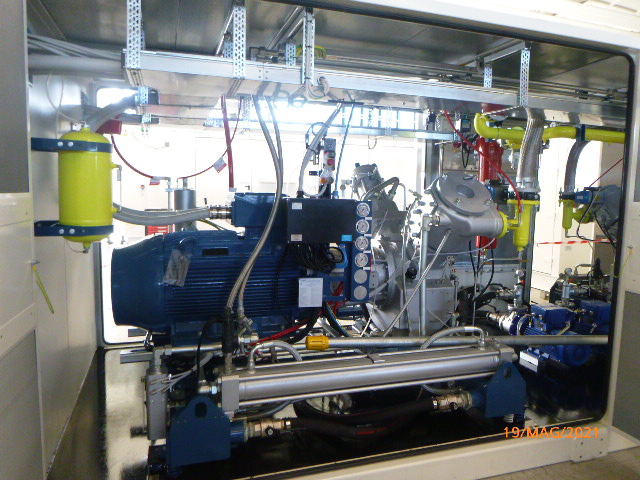
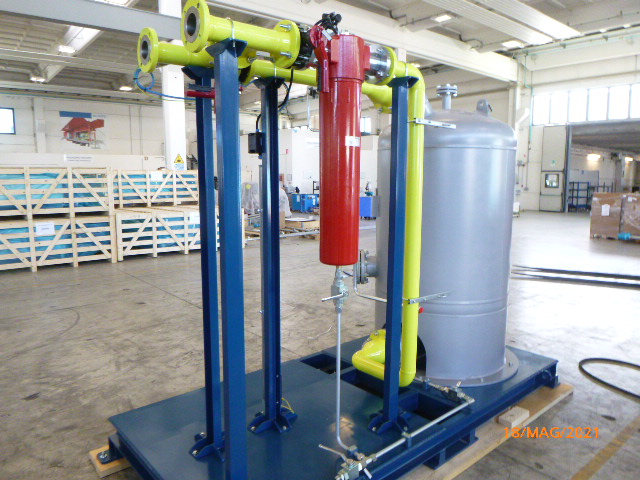
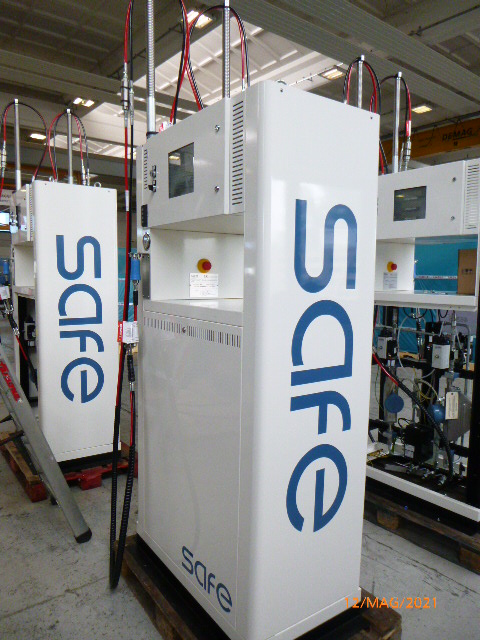
Our Company has always invested passion and resources to deliver results, meet targets and develop reliable solutions.
By encouraging and investing in the energy transition, we go one step further: our solutions are aimed at making tomorrow a better future.
